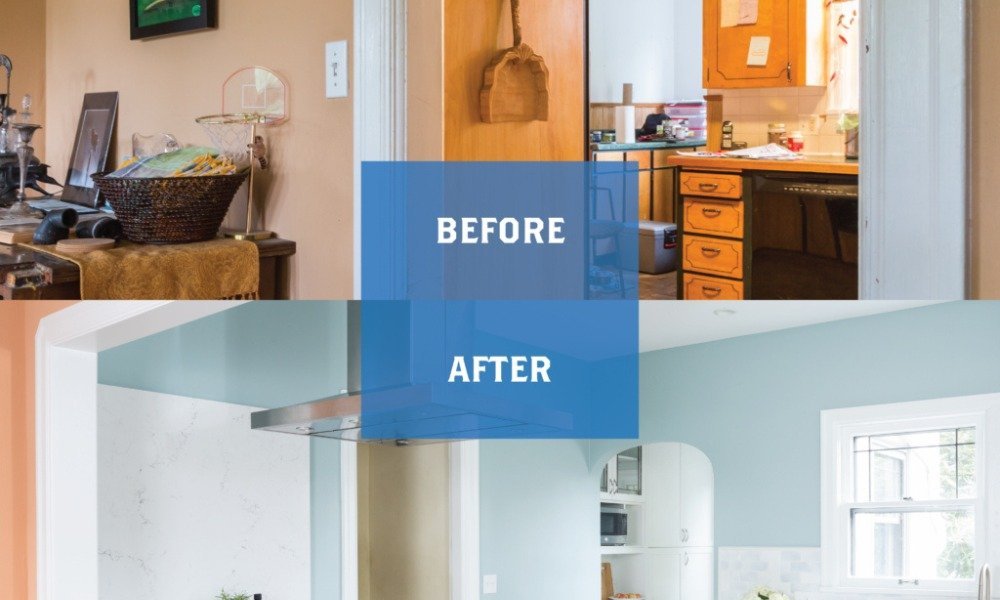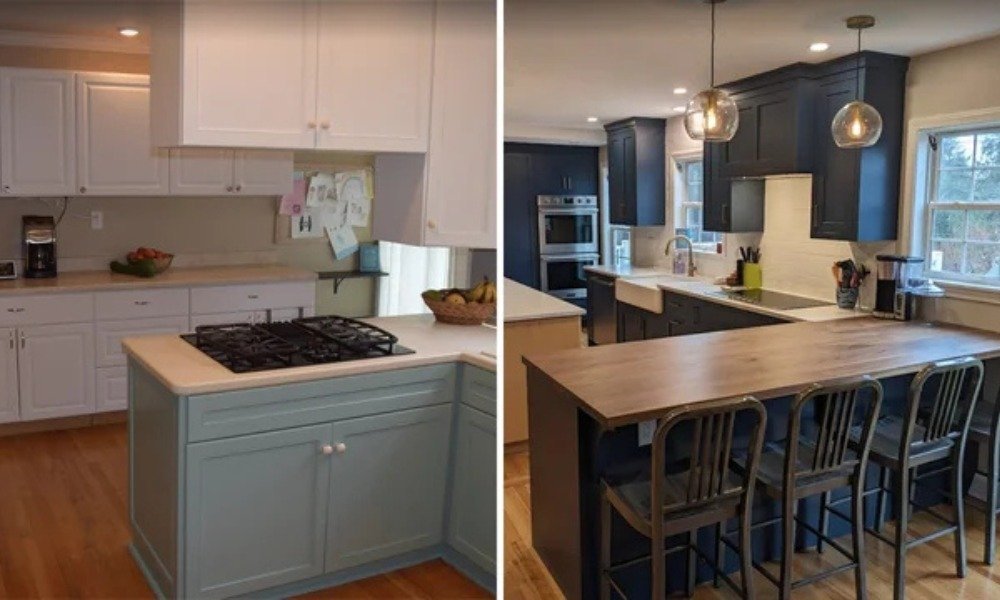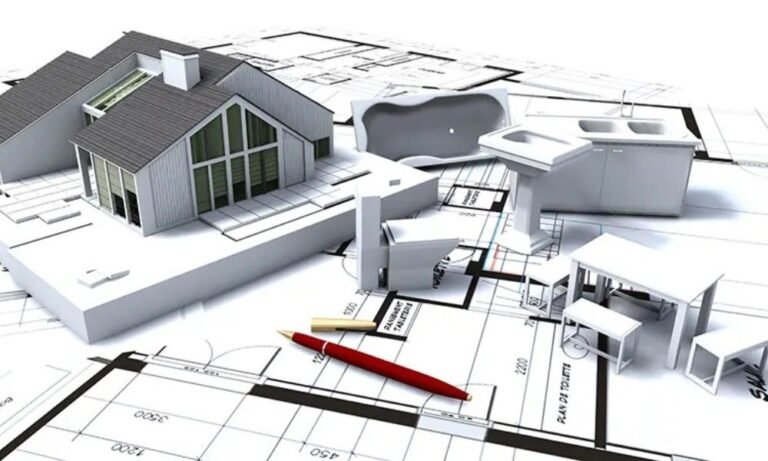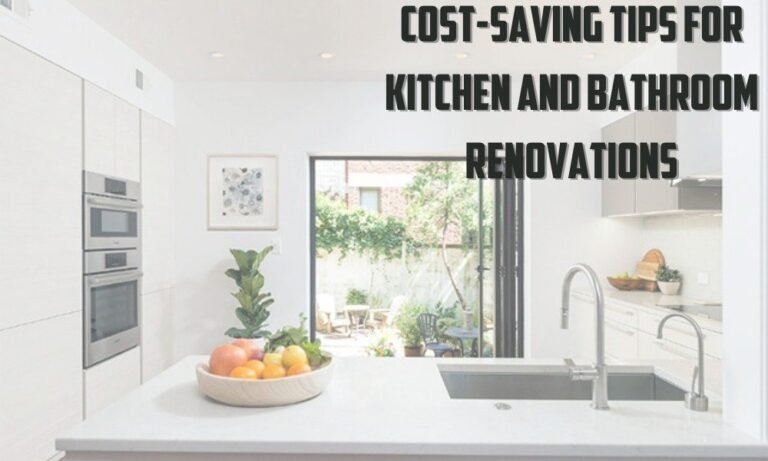Estimated reading time: 5 minutes
A kitchen isn’t just a place to cook—it’s where life happens. Whether it’s helping kids with homework, catching up with family over coffee, or sneaking a midnight snack, a well-designed kitchen should accommodate everyone in the household. When remodeling, I focus on making the space practical, safe, and inviting for all ages.
If you’re planning a renovation, here’s what I recommend to create a family-friendly kitchen that balances function, comfort, and style.
What You’ll Learn in This Guide:
✔ How to design a kitchen that grows with your family
✔ Smart storage solutions for clutter-free living
✔ Safety features that protect kids (and adults)
✔ Easy-to-clean materials that can handle daily messes
✔ Multi-functional spaces for cooking, dining, and bonding
Let’s dive in!
1. Plan for Changing Family Needs
A kitchen remodel should last at least 10 years, so it’s smart to think long-term. Kids grow, habits change, and kitchen demands evolve. What works for toddlers today may not suit independent teenagers tomorrow.
- For young kids: Create a low-access area where they can grab their own cups and snacks.
- For teens: Consider a kitchen island with seating so they can eat or do homework.
- For busy parents: A designated coffee station or quick-meal prep zone makes life easier.
A flexible layout keeps your kitchen useful no matter what stage of life you’re in.
2. Keep the Layout Open and Functional

An open floor plan works wonders for families. It lets me keep an eye on the kids while cooking, makes the space feel bigger, and encourages togetherness. If you’re remodeling, think about these layout options:
- Kitchen-Dining Connection: Removing walls between the kitchen and dining area creates a seamless flow.
- Double Islands: If space allows, one island can be for prep, while the other serves as a casual dining or homework spot.
- Clear Walkways: Keep at least 42 inches between counters and islands so people can move freely—even when the fridge door is open.
If you’re considering a major layout change, this guide on open concept living might help.
3. Choose Durable, Easy-to-Clean Materials

Let’s be honest—kitchens get messy. Between sticky fingers, food spills, and the occasional art project gone wrong, I always prioritize low-maintenance materials:
✔ Countertops: Quartz or laminate (easy to clean and more forgiving than granite)
✔ Cabinets: Matte finishes hide fingerprints better than glossy ones
✔ Floors: Vinyl or tile (both durable and resistant to spills)
✔ Backsplash: Glass or ceramic tiles wipe down effortlessly
Bonus tip: Avoid high-shine stainless steel appliances unless you love cleaning smudges all day!
4. Maximize Storage to Minimize Clutter
A family-friendly kitchen needs storage that makes sense. If I don’t have a place for everything, chaos takes over. Here’s how I keep things organized:
- Deep Drawers: Perfect for storing pots, pans, and even bulk snacks.
- Pull-Out Pantry Shelves: No more digging around for that last granola bar.
- Hidden Appliance Storage: Keeps counters clear while still allowing easy access.
If you’re struggling with limited space, check out these smart storage ideas for small kitchens.
5. Prioritize Safety for Kids and Pets
If you’ve got little ones running around, kitchen safety is a big deal. Here are some must-have safety features:
✔ Rounded countertop edges to prevent bumps and bruises
✔ Soft-close drawers and cabinets (no more slammed fingers)
✔ Induction cooktops instead of gas burners to reduce burn risks
✔ Slip-resistant flooring for added stability
For families with toddlers, cabinet locks and high-placed knife storage are also a good idea.
6. Create a Multi-Functional Family Space
A great kitchen is more than just a place to cook—it’s a hub for family connection. Here’s how I make my kitchen work for everyone:
✔ Kitchen Island with Seating – A casual dining area, homework spot, and prep station all in one.
✔ Charging Station – Keep phones, tablets, and laptops powered up in a designated tech zone.
✔ Message Board or Chalk Wall – A great way to leave notes, display menus, or let the kids doodle.
Want more ways to modernize your remodel? Check out these kitchen remodeling ideas.
7. Make the Refrigerator Work for Everyone
An organized fridge saves time and frustration. Some ways to make it family-friendly:
- Lower-access snack drawers for kids to grab their own food.
- Separate sections for meal prepping, leftovers, and quick bites.
- Clear bins and labels to keep everything visible and easy to find.
Some refrigerators even come with flex zones, which let you adjust compartments between fridge and freezer mode based on your needs.
8. Invest in Energy-Efficient Appliances
Not only do energy-efficient appliances save money, but they’re also better for the environment. Look for:
✔ ENERGY STAR-rated refrigerators, dishwashers, and ovens
✔ Convection microwaves that work as a second oven
✔ Smart appliances that can be controlled from your phone
For more eco-friendly home upgrades, check out this guide to green renovations.
9. Set a Realistic Budget (And Stick to It)
Kitchen remodels can get expensive fast, but careful planning keeps costs under control. Before starting, I always:
✔ Prioritize must-haves over “nice-to-haves”
✔ Get multiple quotes from contractors (this guide on choosing the right contractor is a must-read)
✔ Plan for unexpected costs (10-20% cushion is a good rule of thumb)
For more cost-saving tips, check out this budgeting guide.
Final Thoughts
A family-friendly kitchen isn’t just about aesthetics—it’s about making life easier. By planning ahead, choosing durable materials, maximizing storage, and prioritizing safety, you’ll create a space that works for your whole family, today and in the future.If you’re gearing up for a remodel, take your time, set clear goals, and don’t be afraid to call in the pros.



